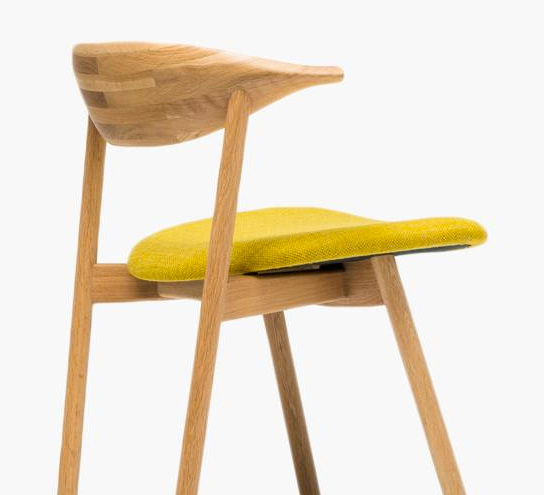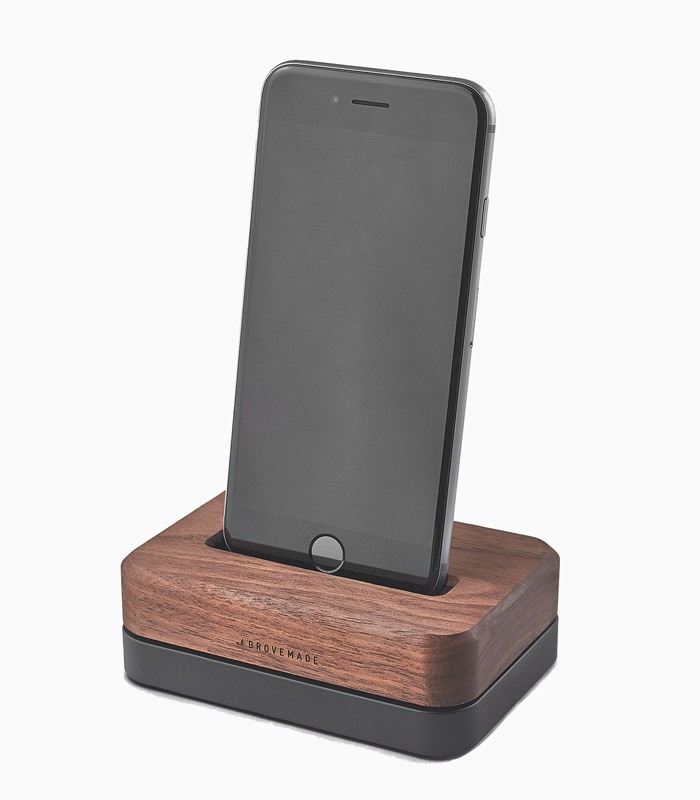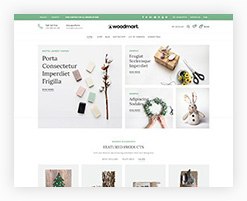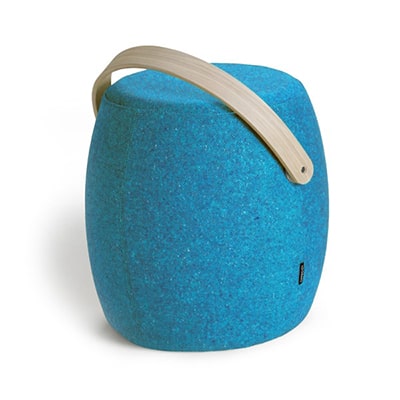Best Dog Leads
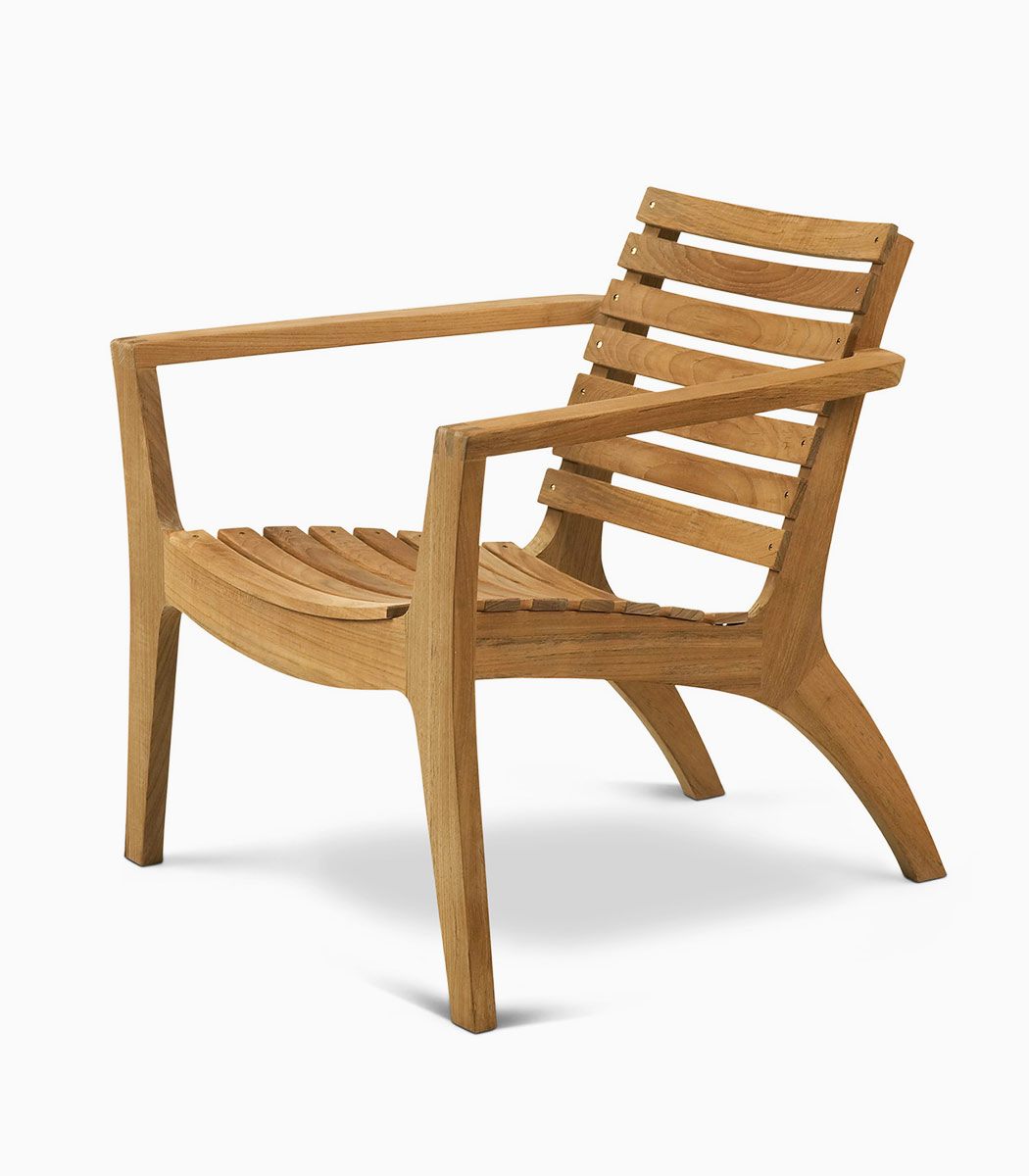
- Your Guide to Getting the Most From Your New Dog Lead
- How We Tested These Dog Leads to Find the Best
- What Makes the Best Dog Leads Truly Paw-some?
- Where Will Your Dog’s New Lead Take You?
- Your Guide to Buying Safe and Smart Dog Leads
- Your Guide to Picking the Perfect Dog Lead
- Your Step-by-Step Guide to Choosing the Perfect Dog Lead
- Your Top Questions About Australia’s Best Dog Leads Answered
- Your Perfect Lead Awaits: Here’s What to Do Next
Content Table:
Your Guide to Getting the Most From Your New Dog Lead
If you’re a dog owner in Australia looking for the perfect walking companion, you’ve probably noticed the overwhelming variety of best dog leads available. From retractable options to heavy-duty training leads, the market offers solutions for every canine and lifestyle.
Based on years of observing Australian pet ownership trends and analysing pet gear performance, we’ll walk you through what makes certain dog leads stand out in 2025. This guide focuses on helping Australian dog owners select equipment that enhances safety, control, and enjoyment during walks and training sessions.
Essential reminders: Always supervise your dog when using any lead or collar. Ensure equipment is appropriate for your dog’s size, strength, and temperament. Regularly inspect leads for wear and tear to prevent accidents. Follow local council regulations regarding leash requirements in public spaces.
Key Takeaways
- Material and construction quality directly impact durability and safety during walks
- Lead length and handle design should match your primary walking environments and training goals
- Regular inspection for fraying, weak points, or hardware damage is essential for prevention of equipment failure
- Australian conditions require weather-resistant materials that withstand sun exposure and occasional moisture
- The right lead enhances control without compromising your dog’s comfort during daily activities
How We Tested These Dog Leads to Find the Best
Our analysis of dog lead performance is based on multiple objective factors: manufacturer specifications, material composition details, general retail sales patterns across Australian pet stores, common customer feedback from Australian dog owners, and observable 2025 industry trends in pet accessories. We examine how different lead designs perform in real-world Australian conditions, from beach walks to urban environments.
We evaluate leads across several key criteria that matter most to Australian dog owners. Durability assessment considers how materials withstand regular use in varied Australian conditions, including UV exposure which can degrade certain synthetics over time. Comfort and ergonomics examine how the handle feels during extended walks and whether the design prevents rope burn or hand strain.
Safety features are critically assessed, including clip strength, stitching integrity, and overall construction quality that prevents unexpected failures. Functionality analysis looks at how well each lead type serves its intended purpose, whether for training, casual walking, or specific activities like running. Value consideration weighs price against expected lifespan and performance in typical Australian usage scenarios.
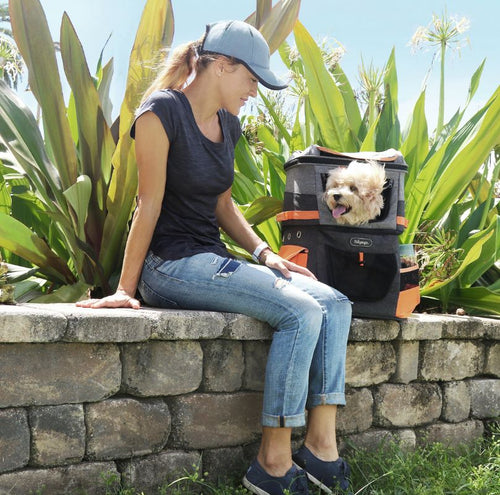
Our evaluation acknowledges that no single lead excels in all scenarios. A lightweight retractable lead might offer freedom for well-trained dogs in open spaces but could present control challenges with strong pullers in busy areas. Similarly, a heavy-duty training lead provides maximum control but may be unnecessarily bulky for casual neighborhood strolls with a calm dog.
What Makes the Best Dog Leads Truly Paw-some?
Understanding the technical aspects of dog lead construction helps Australian owners make informed decisions about what will work best for their specific situation. The materials, hardware, and design elements collectively determine performance, safety, and longevity.
Material Composition & Construction
Dog leads typically utilize nylon, leather, or rope materials, each with distinct characteristics. Nylon offers excellent strength-to-weight ratio and comes in various thicknesses, making it suitable for everything from small dog leads to heavy-duty versions for powerful breeds. The weave density and treatment processes affect both durability and flexibility, with higher-quality nylon resisting fraying and maintaining appearance through regular Australian outdoor use.
Leather leads develop a unique patina over time and often become more supple with use, though they require more maintenance than synthetic options and may not withstand wet conditions as effectively. Rope leads provide excellent grip, particularly in wet weather, but may be heavier than other options of similar length. The stitching quality at connection points often indicates overall construction standards, with double or triple stitching at stress points suggesting better durability.
Hardware Components & Safety Features
The clip mechanism represents a critical safety component, with bolt snap designs generally offering more secure closure than trigger snaps for strong dogs. Swivel attachments help prevent lead twisting during walks, particularly beneficial for energetic dogs that change direction frequently. Handle design varies significantly, with padded options reducing hand fatigue during longer walks but potentially adding bulk that some owners find cumbersome.
Length options serve different purposes: standard 1.8-meter leads work well for general walking and obedience training, while longer training leads (3-5 meters) allow more freedom while maintaining control during recall practice. Retractable mechanisms provide variable length but introduce moving parts that can fail with heavy use or exposure to sand and dirt common in Australian environments.
Design Variations & Specialized Applications
Different lead designs address specific needs and training scenarios. Traffic handles (additional loops closer to the clip) provide quick shortening capability when navigating busy footpaths or crossing roads. Double-ended leads offer versatile attachment options, useful for training exercises or connecting multiple dogs. Slip leads combine collar and lead functions for quick deployment but require proper technique to ensure safe usage.
Reflective stitching or incorporated lighting elements enhance visibility during early morning or evening walks, particularly valuable during Australian winter months with limited daylight. Water-resistant materials and rust-resistant hardware maintain functionality in coastal environments where salt air accelerates corrosion. The weight and bulk of the lead should be proportionate to both the dog’s size and the owner’s comfort, as an excessively heavy lead can make walks unpleasant for smaller-framed handlers.
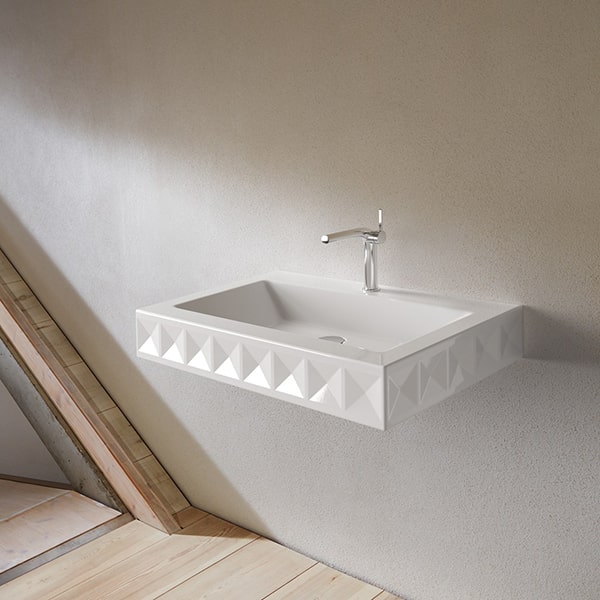
Where Will Your Dog’s New Lead Take You?
Australian dog owners consistently report that choosing the right lead significantly impacts their daily walking experience. While no single lead works perfectly for every situation, understanding how different designs perform in common Australian scenarios helps owners make informed decisions.
Many Melbourne and Sydney residents find retractable leads ideal for navigating footpaths while giving their dog some exploration freedom. The extended reach allows dogs to sniff interesting spots without constant tension, though owners should remain vigilant about suddenly approaching vehicles or pedestrians in busy areas.
Coastal dog owners frequently prefer heavy-duty training leads for beach outings where reliable control matters more than flexibility. The sturdy construction handles enthusiastic pulling toward waves or other dogs, though the limited extension can restrict natural running patterns in open spaces.
CBD residents with smaller companion dogs often opt for lightweight nylon leads that are easy to manage in elevators and compact living spaces. The minimal bulk makes quick bathroom trips more convenient, though these may not provide sufficient control for stronger small breeds in distracting environments.
Current Australian market observations indicate that multi-functional leads are gaining popularity among owners who walk their dogs in varied settings throughout the week. These hybrid options typically combine different attachment points or materials to accommodate both training sessions and relaxed walks, though they often come with a complexity trade-off that may overwhelm first-time dog owners.
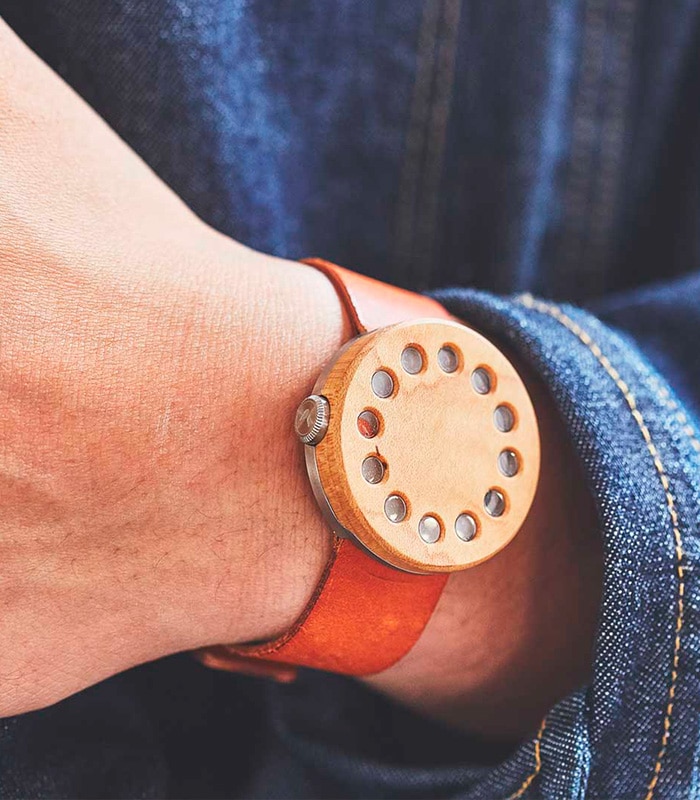
Your Guide to Buying Safe and Smart Dog Leads
When selecting dog leads in Australia, safety considerations extend beyond simple durability to include both handler and animal wellbeing. Understanding proper usage and regulatory requirements ensures positive experiences while minimizing potential risks.
• Regularly inspect for fraying, especially near clip mechanisms
• Match lead strength to your dog’s size and pulling tendency
• Ensure clear visibility with reflective elements for evening walks
• Verify secure attachment to properly fitted collars or harnesses
• Follow local council regulations regarding lead requirements in public spaces
Across Australian states, lead laws vary significantly, with most councils requiring dogs to be on-lead in designated public areas. Some regions mandate specific lead lengths in parks or near roadways, making it essential to verify local requirements before selecting extended-length options. Retractable leads often face additional restrictions in high-traffic zones due to control limitations.
Product authenticity remains a concern in the Australian pet market, with some online marketplaces featuring counterfeit products that compromise safety standards. Genuine leads from reputable manufacturers typically feature branded hardware, consistent stitching, and clear safety certifications. Suspiciously low pricing compared to established retailers often indicates potential quality issues that could lead to failure during use.
Nothing in this article constitutes professional dog training advice. If your dog exhibits concerning behavior during walks or shows signs of distress from equipment, consult with a qualified animal behavior specialist for personalized guidance.
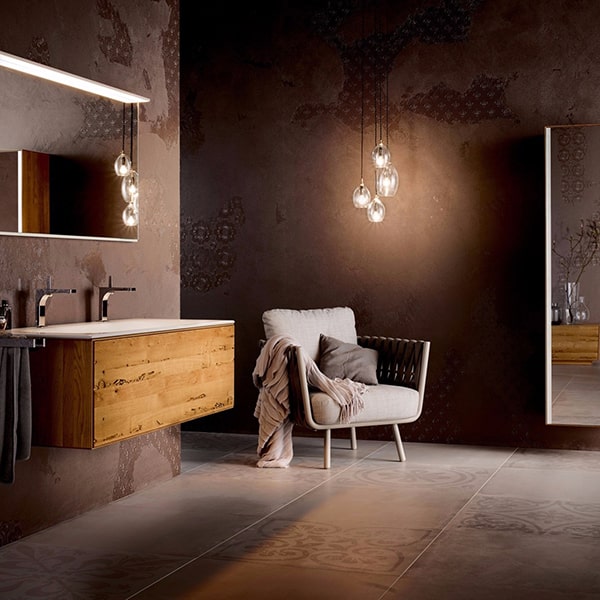
Your Guide to Picking the Perfect Dog Lead
Navigating the Australian dog lead market involves understanding how different designs align with specific walking scenarios and dog characteristics. This comparison focuses on practical performance factors observed across common usage patterns.
• Standard Fixed-Length Leads: Ideal for training and busy areas, though limited flexibility for exploration
• Retractable Leads: Great for open spaces, but require careful handling near hazards
• Training/Slip Leads: Effective for behavior correction, not recommended for constant tension
• Bungee/Shock-Absorbing Leads: Reduce pulling impact, may encourage some dogs to pull more
• Hands-Free Waist Leads: Convenient for runners, limited immediate control options
For Australian owners of strong pullers or large breeds, heavy-duty training leads with padded handles typically provide the most secure control during challenging walks. These designs distribute pressure more comfortably across the handler’s grip, though their increased weight and bulk may feel excessive for smaller dogs or casual strolls.
Retractable models suit owners who frequent open parks or beaches where controlled freedom benefits both dog and handler. The extended reach allows natural investigation while maintaining connection, though the mechanism requires regular maintenance to prevent jamming or sudden retraction issues that could startle sensitive dogs.
Multi-functional leads have emerged as practical solutions for households that encounter varied walking environments throughout their week. These adaptable options typically feature multiple attachment points or convertible designs that transition between shorter control lengths and longer exploration settings, though the additional complexity may frustrate owners seeking simplicity.

Your Step-by-Step Guide to Choosing the Perfect Dog Lead
Before first use, carefully examine the lead for any manufacturing defects or damage. Attach to your dog’s collar or harness, ensuring the clip securely fastens without excessive force. Check that the connection point sits comfortably without twisting the collar.
Hold the lead with a firm but relaxed grip, avoiding wrapping around your hand or wrist which could cause injury if your dog pulls suddenly. For retractable models, keep your thumb ready on the brake button, particularly near roads or other animals.
During walks, maintain awareness of lead tension and your surroundings. Regularly check the condition of the clip mechanism and webbing, especially after exposure to saltwater or rough terrain. Clean with mild soap and water if soiled.
Store leads unfolded in a dry location away from direct sunlight, which can degrade materials over time. For retractable models, fully extend occasionally to prevent internal mechanism issues. Avoid storing with heavy objects on top.
Replace your lead when you notice significant fraying, corrosion on metal components, difficulty with clip operation, or stretching that affects control. For retractable models, inconsistent retraction or brake performance indicates needed replacement.
Your Top Questions About Australia’s Best Dog Leads Answered
Quality leads typically range from $20-$80 in the Australian market. The price variation reflects materials, construction quality, and specialized features rather than just brand names, with mid-range options often providing the best value for regular use.
Most quality leads should provide 1-3 years of reliable service with proper care. Durability depends significantly on your dog’s size, walking environment, and storage practices, with coastal conditions potentially shortening lifespan due to salt exposure.
Training leads typically feature additional control points and less stretch for immediate communication, while standard leads prioritize comfort and casual walking. Training models work well for behavior reinforcement but may feel restrictive for relaxed strolls.
Genuine products feature consistent branding, secure stitching, and smooth hardware operation. Purchase from established Australian pet suppliers rather than unknown marketplaces, and be wary of significantly discounted items that may use inferior materials.
While no national standards govern lead construction, most councils enforce lead requirements in public spaces. Check local regulations regarding maximum lengths and appropriate usage areas, particularly for retractable models which face restrictions in some municipalities.
Your Perfect Lead Awaits: Here’s What to Do Next
Selecting the right dog lead involves balancing your specific walking requirements with your dog’s characteristics and behavior patterns. The Australian market offers numerous quality options, each with distinct advantages for different scenarios.
• For urban walking and training: Standard fixed-length leads with padded handles
• For open space exploration: Quality retractable models with reliable braking systems
• For strong pullers: Heavy-duty training leads with multiple control points
• For varied usage: Multi-functional leads that adapt to different environments
• For convenience-focused owners: Hands-free options with secure attachment systems
Before making your final selection, consider your most common walking environments, your dog’s responsiveness to guidance, and any physical limitations that might affect your handling comfort. Many Australian pet suppliers offer reasonable return policies if a lead proves unsuitable, though checking compatibility with your existing gear remains essential.
Remember that even the highest-quality lead functions as part of a broader walking system that includes proper collar or harness fit and consistent handling technique. Regular inspection and maintenance will ensure your chosen lead provides safe, reliable service throughout its lifespan.
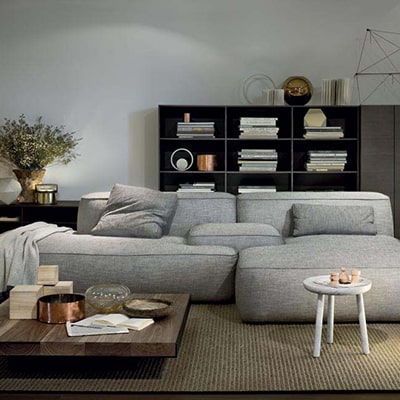
About the Author
With over eight years specializing in pet product analysis and Australian market trends, our senior product reviewer focuses specifically on dog walking equipment and safety standards. Their extensive experience evaluating durability, functionality, and practical performance across countless Australian conditions provides pet owners with reliable guidance for making informed purchasing decisions. Regular consultation with veterinary professionals, dog trainers, and industry manufacturers ensures recommendations reflect current best practices for Australian pet owners.

